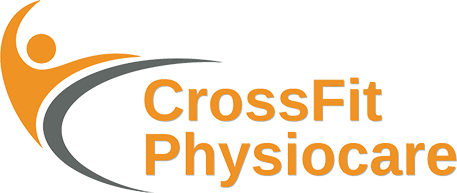
Needling
It seems like you’re referring to a therapeutic technique known as “dry needling.” Dry needling is a procedure used by healthcare professionals, often physical therapists or chiropractors, to treat muscle pain and myofascial trigger points. It involves inserting thin needles into specific points in muscles or soft tissues, with the goal of relieving pain, improving muscle function, and promoting overall relaxation.
How Dry Needling Works:
Trigger Points: Dry needling targets myofascial trigger points, which are localized knots or tight bands within muscles that can be sensitive and cause pain.
Needle Insertion: The therapist inserts thin needles directly into the trigger points or other areas of muscle tension or discomfort.
Mechanical Effect: The insertion of the needle creates a mechanical disruption in the muscle fibers and trigger points.
Muscle Response: The body responds to the needle by relaxing the muscle, increasing blood flow to the area, and releasing endorphins (natural pain-relieving chemicals).
Key Points to Note:
No Fluid Injection: Unlike acupuncture, which involves inserting needles along specific meridians to influence the body’s energy flow, dry needling doesn’t involve injecting fluids or follow traditional meridian points.
Evidence-Based: Dry needling is based on Western medical principles and has gained attention in recent years as a therapeutic approach for managing musculoskeletal pain.
Benefits: Dry needling is commonly used to alleviate muscle pain, reduce muscle tension, and improve range of motion.
Conditions Treated: Dry needling is often used for conditions like neck pain, back pain, tension headaches, and other muscle-related discomforts.
Needle Removal: The needles are typically left in place for a short duration, usually a few minutes, before being removed.
Mild Discomfort: Some individuals may experience mild discomfort or a sensation similar to a muscle twitch during needle insertion.
Considerations and Cautions:
Qualified Practitioner: Dry needling should only be performed by trained and licensed healthcare professionals, such as physical therapists, chiropractors, or medical doctors.
Individual Variation: The response to dry needling can vary from person to person. Some individuals may experience immediate relief, while others might require several sessions.
Pre-existing Conditions: Individuals with bleeding disorders, certain skin conditions, or needle phobias should consult their healthcare provider before considering dry needling.
Communication: Discuss your medical history, expectations, and any concerns with the practitioner before undergoing dry needling.
Dry needling should always be performed by a qualified practitioner who is knowledgeable about the technique and its appropriate application. If you’re considering dry needling as a treatment option, consult a healthcare professional who can guide you based on your specific needs and health conditions.
- Daani Plaza E-595-596, 4th Floor, Ramphal Chowk Rd, Block E, Sector 7 Dwarka, New Delhi - 110075
- +91 99996 26251
- support@crossfitphysiocare.com
How can we help you?
If you are looking for the best and nearest physiotherapist, then click below to message us on WhatsApp.
